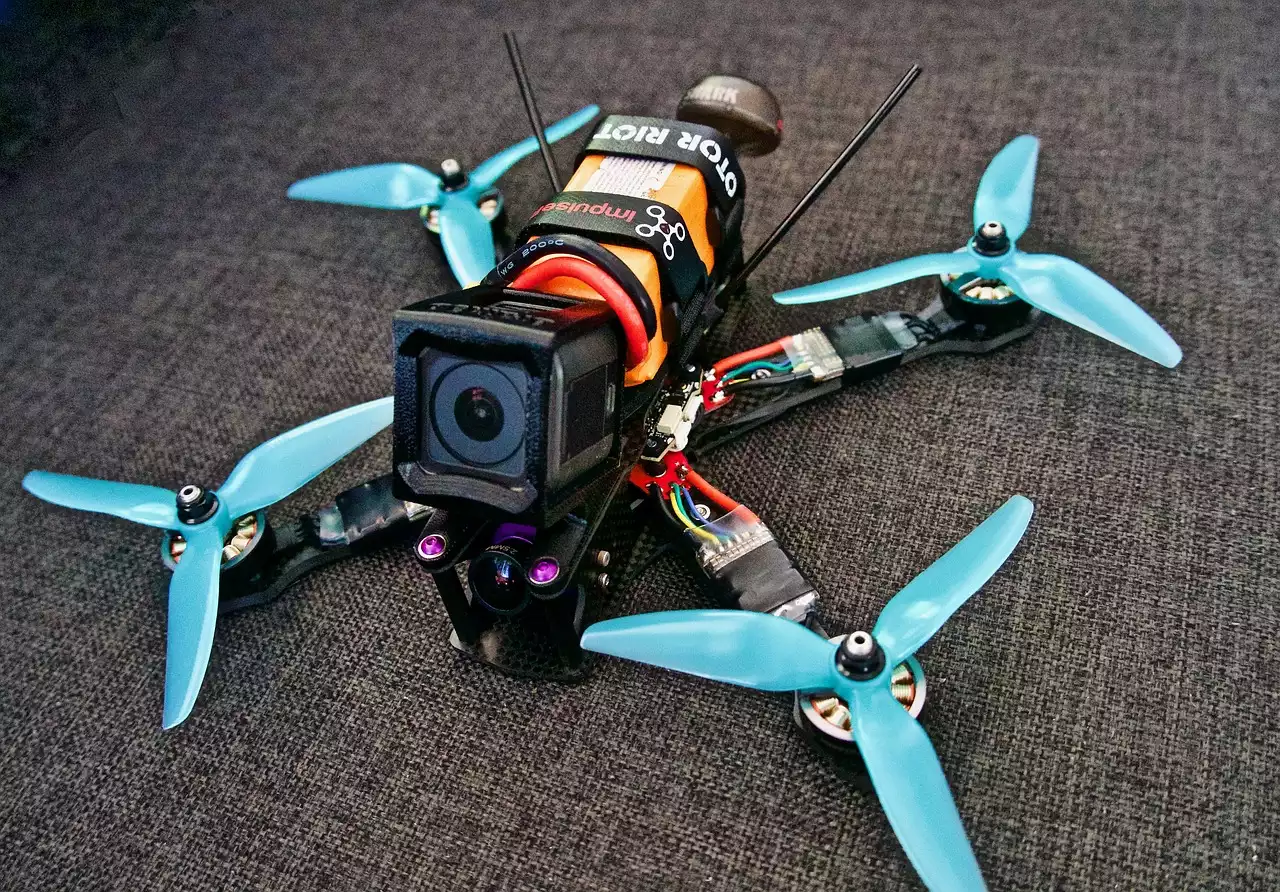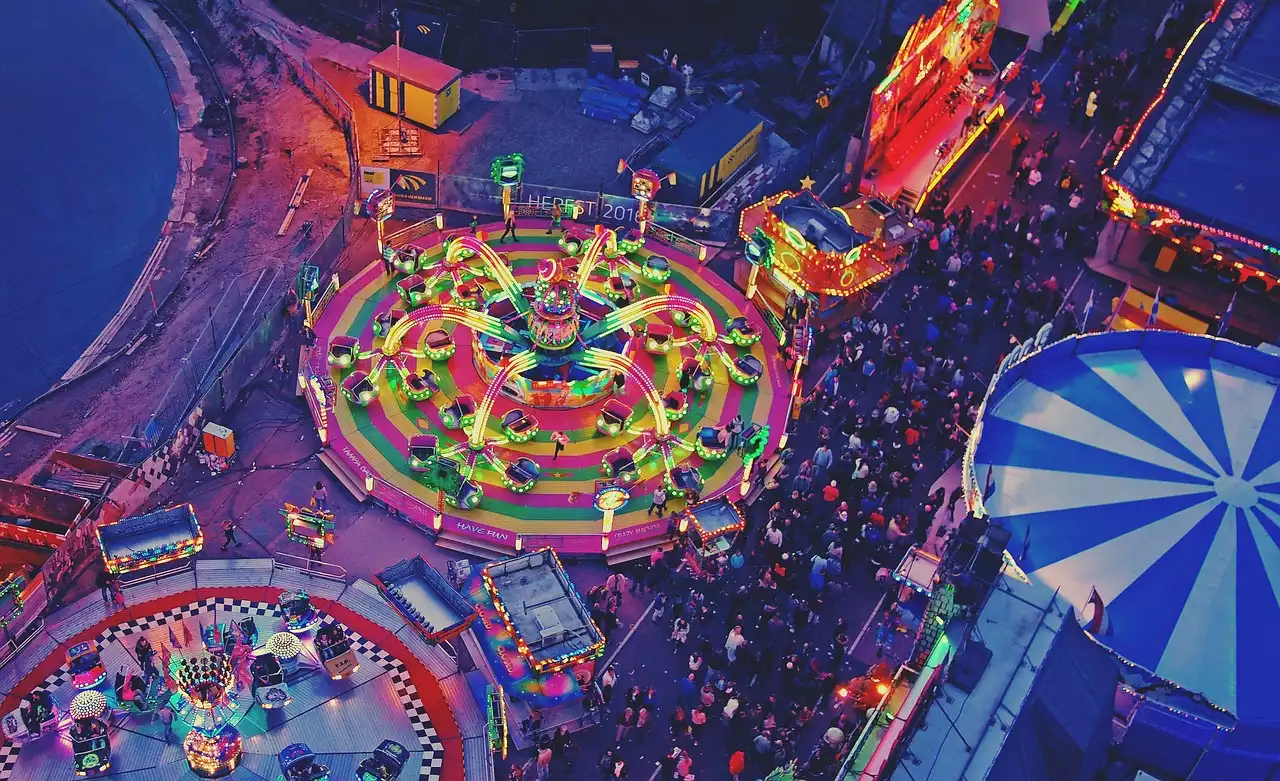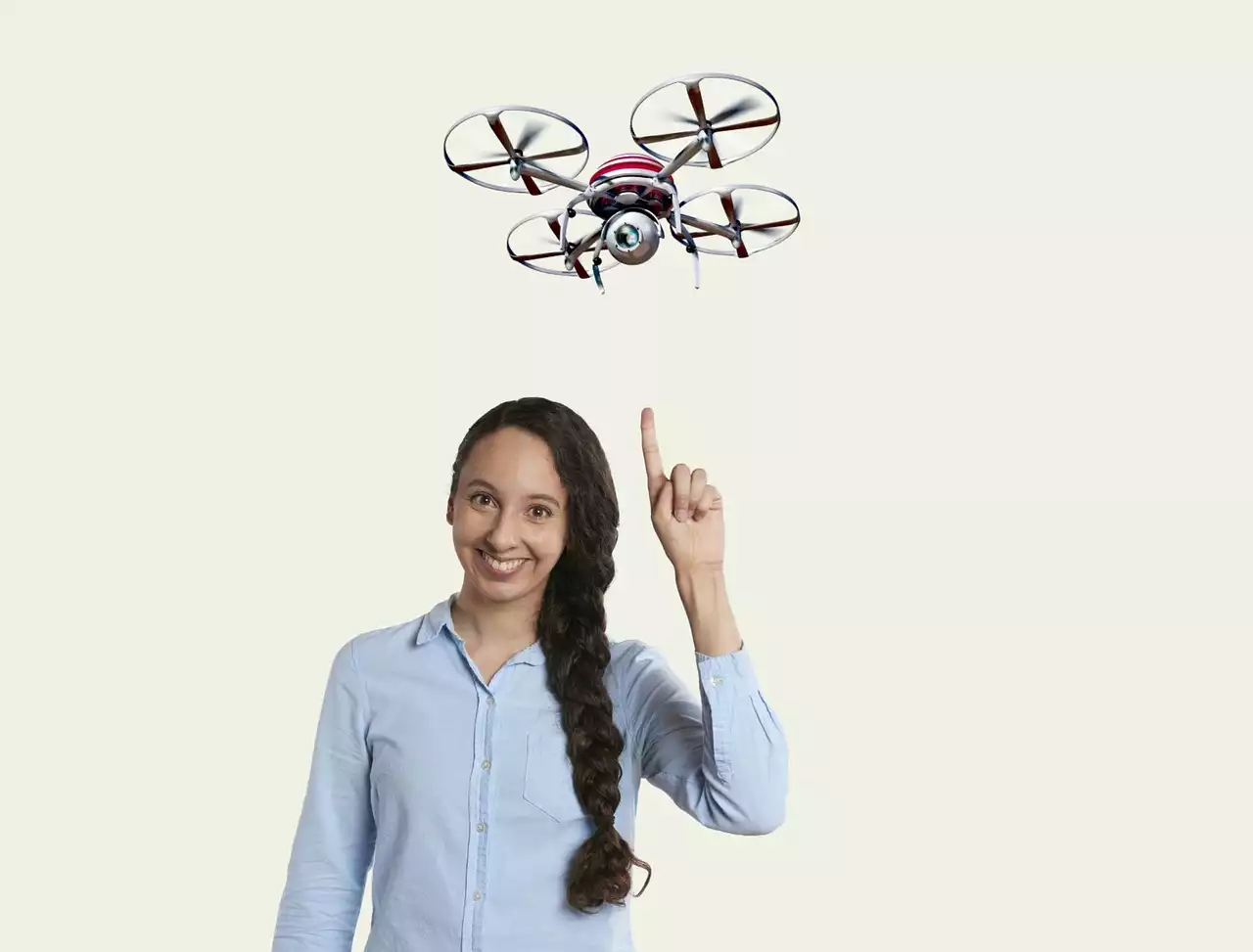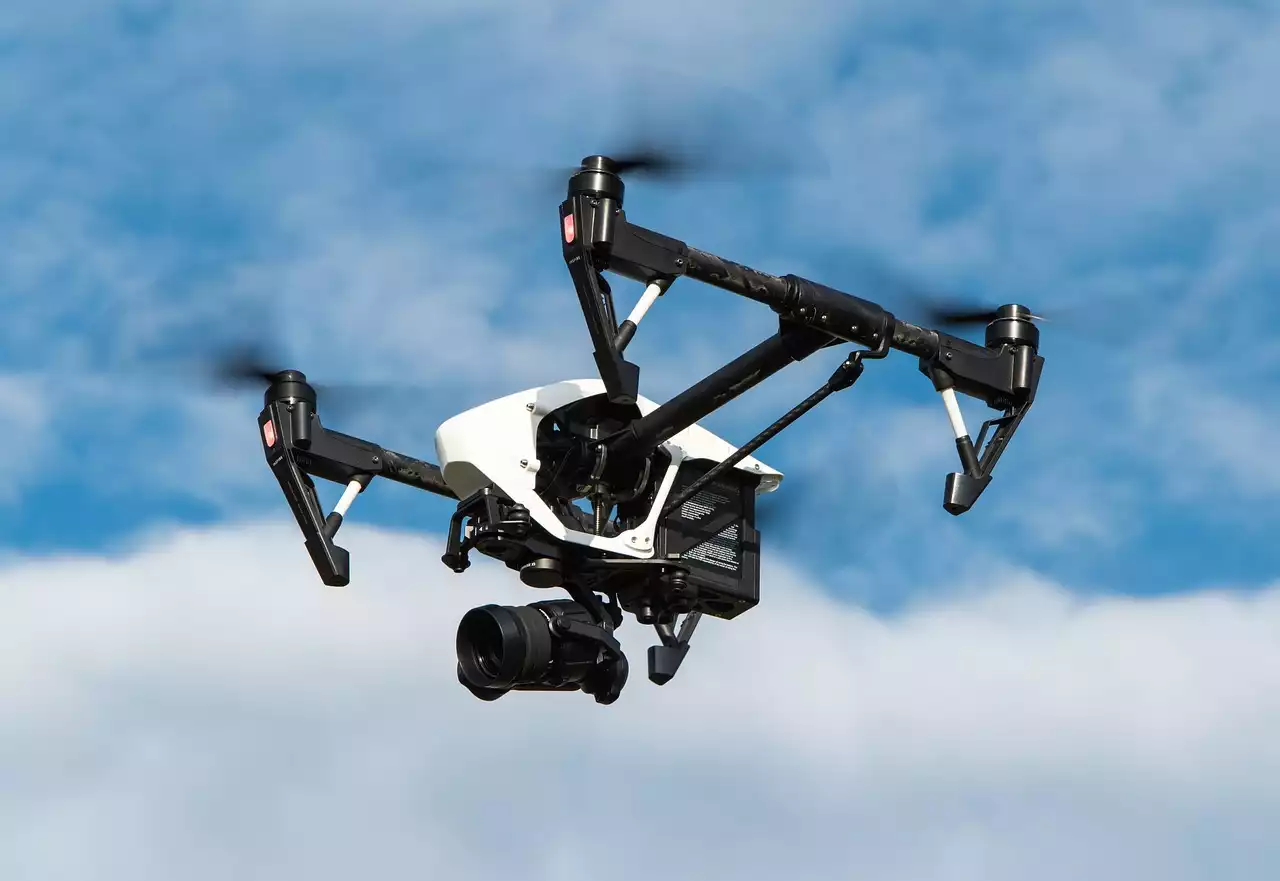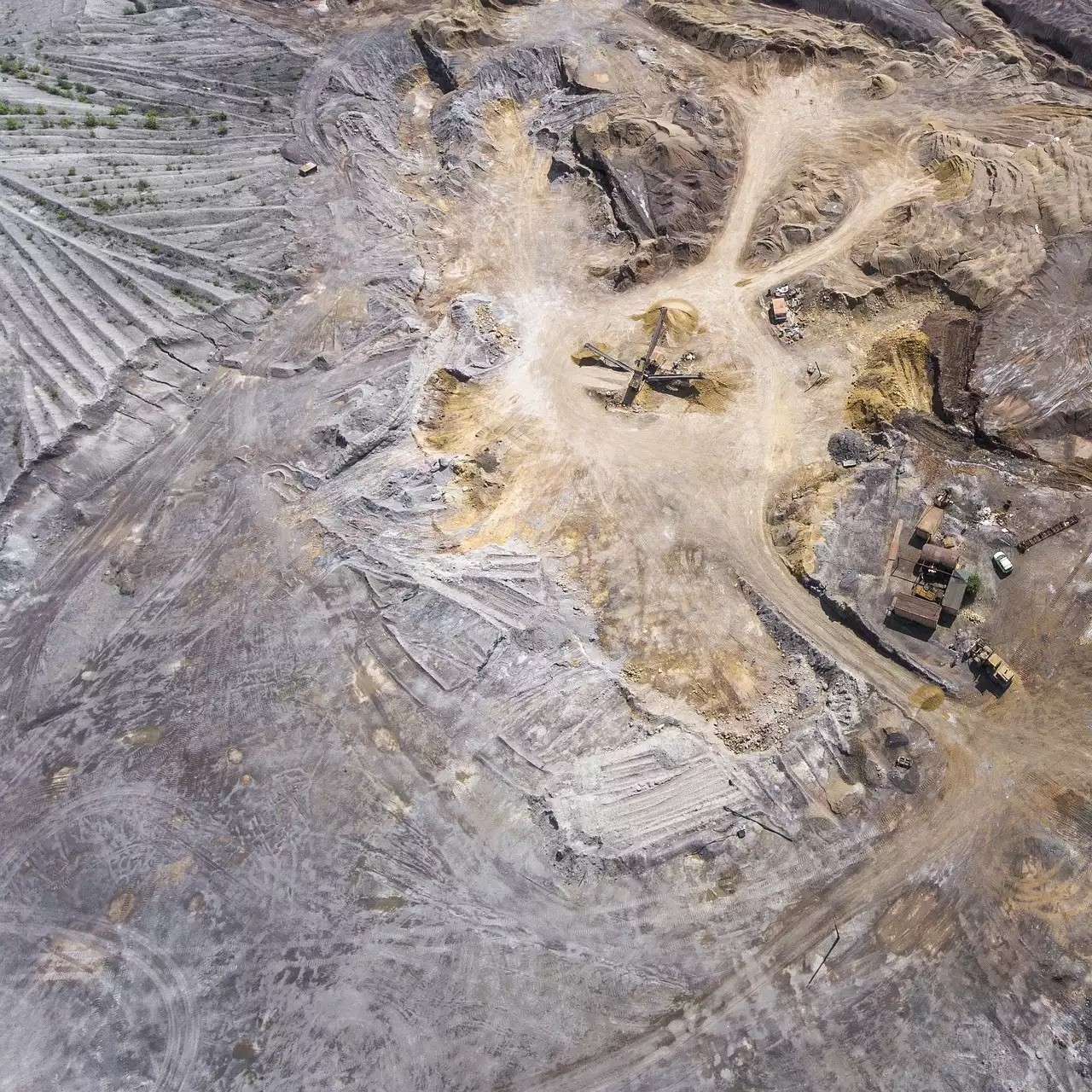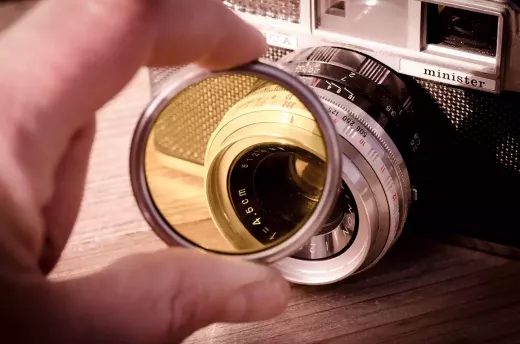Drone laws and regulations
As with any type of aircraft, there are laws and regulations that you must follow when flying a drone. Drone laws vary from country to country, so it’s important to familiarize yourself with your country’s laws. Although most countries do not require drone pilots to obtain a licence or register their drone, they do require that all drone flights be conducted responsibly. Depending on your drone’s capabilities, you could be subject to fines or even jail time if you are breaking the law. Laws concerning drone use also vary, so it’s important to familiarize yourself with the rules and regulations in your area. For example, some countries have laws prohibiting aerial photography without permission from the property owner. These laws are often meant to protect privacy and property rights, but they can also be dangerous for photographers and videographers who don’t follow them.
Types of drones
Hobby drones are the most commonly used type of drone. They are easy to fly and are suitable for flying indoors. Sport drones are the second most commonly used type of drone. They have more advanced features and are suitable for more advanced pilots. Racing drones are for experienced pilots only. They are built for speed and extreme manoeuvrability and come with a variety of performance specifications.
Choosing the right drone
Before you get started with drone flight, you will want to choose the right drone for you. There are a number of factors to consider before making your purchase, including your budget, your skill level, and your intended use. However, one of the most important things to consider is the model’s flight capabilities and how they meet your needs. The best way to do this is to thoroughly research different drones and figure out what features are required for your specific needs. For example, if you are looking to take aerial photography, you might want to look at quadcopters with a camera. Alternatively, if you only want to explore the skies and make some cool videos, a hexacopter or gimbal-stabilized drone might suffice. Once you have narrowed down your choices, it’s time to start looking at different models.
Essential drone parts and components
-Battery: Like RC vehicles, drones require a battery to function. The capacity rating of the battery will dictate how long the drone will fly before it needs to be charged. It’s important to note that batteries can be dangerous if not handled correctly. It is recommended that you wear safety goggles and gloves when handling batteries.
-Propellers: Also known as rotors, these are the propellers that move the drone forward. There are various propellers available for different purposes, including those for better flight performance, high durability, and those that are more lightweight and flexible.
-Transmitter: A transmitter is what connects the drone to the remote control. It is recommended that you use a transmitter that comes with an anti-interference function. This will help to prevent the signal from being interrupted by other electronic devices such as a phone or a GPS device.
-Remote control: A remote control is what gives the pilot control over the drone. A basic remote control typically has four buttons, allowing for basic operations such as controlling the throttle, the flight direction, and taking photos/videos.
-Hubs: A hub is a component that helps connect the drone to the remote control.
Pre-flight checklist
Before flying your drone, make sure to review the following checklist to ensure that you are ready to fly safely:
- Ensure that your drone batteries are charged and that they have a full charge before flying.
- Ensure that the remote control is fully charged and that you are using the correct channel.
- Ensure that the drone is secure and grounded in an open area.
- Ensure that the weather is clear and that there are no hazards present.
- Ensure that all required permits and regulations are in place for your area.
How to fly a drone
Now that you are ready to fly your drone, let's take a look at how to do it. When flying your drone, it's important to remember that it's a machine. Therefore, you need to treat it like one. Try to maintain a steady altitude, and avoid sudden movements, as this will make your drone difficult to control. Also, remember that no matter how much you practice, there is still a chance that you could make a mistake. Be prepared for this, and you will enjoy your drone flights a lot more!
How to land a drone
While it’s great to be able to hover your drone in the air, you will eventually have to land your drone safely. There are many ways of doing this, depending on the drone and the skill level of the pilot. Some drones have a landing skid, which can be used to safely land your drone. Other drones, like a quadcopter, have a built-in gyro that keeps the rotors stable and makes them easier to control when landing. However, in the event that your drone has no way to land safely, you can always try to bring it to a hover using your transmitter. This will prevent the drone from crashing and possibly damaging the rotor blades. Another option is to try to land your drone on a soft surface, such as grass, sand, or dirt. Another thing to note is that you will want to avoid crashing your drone in a populated area, as this could cause serious damage to people and property.
